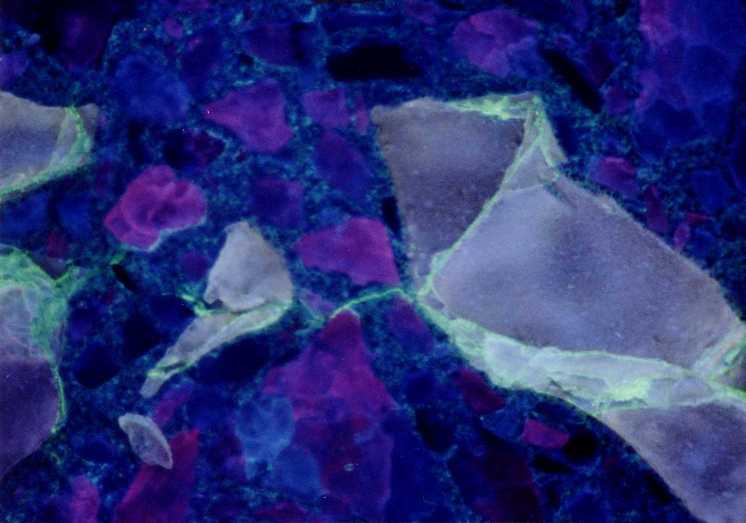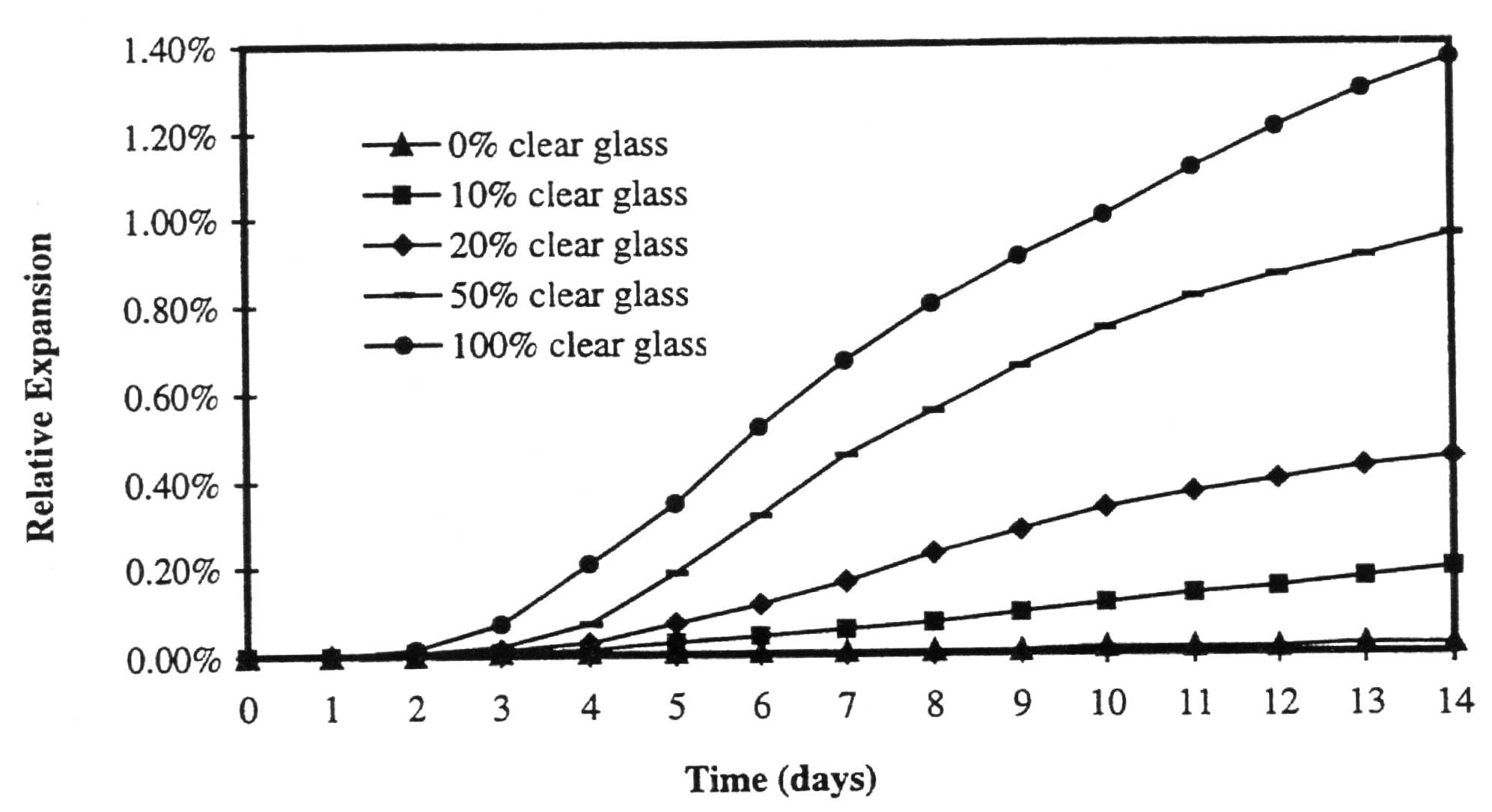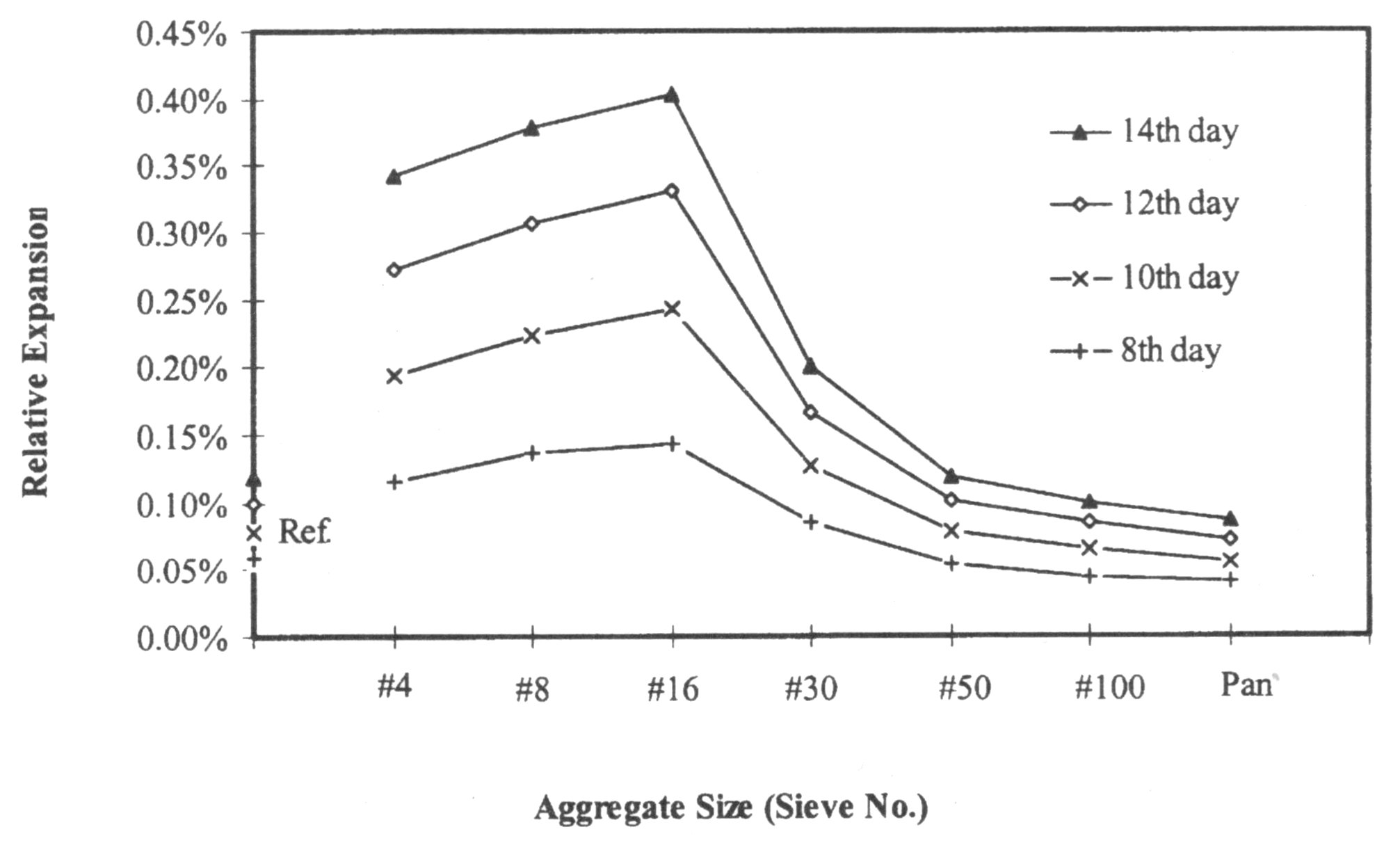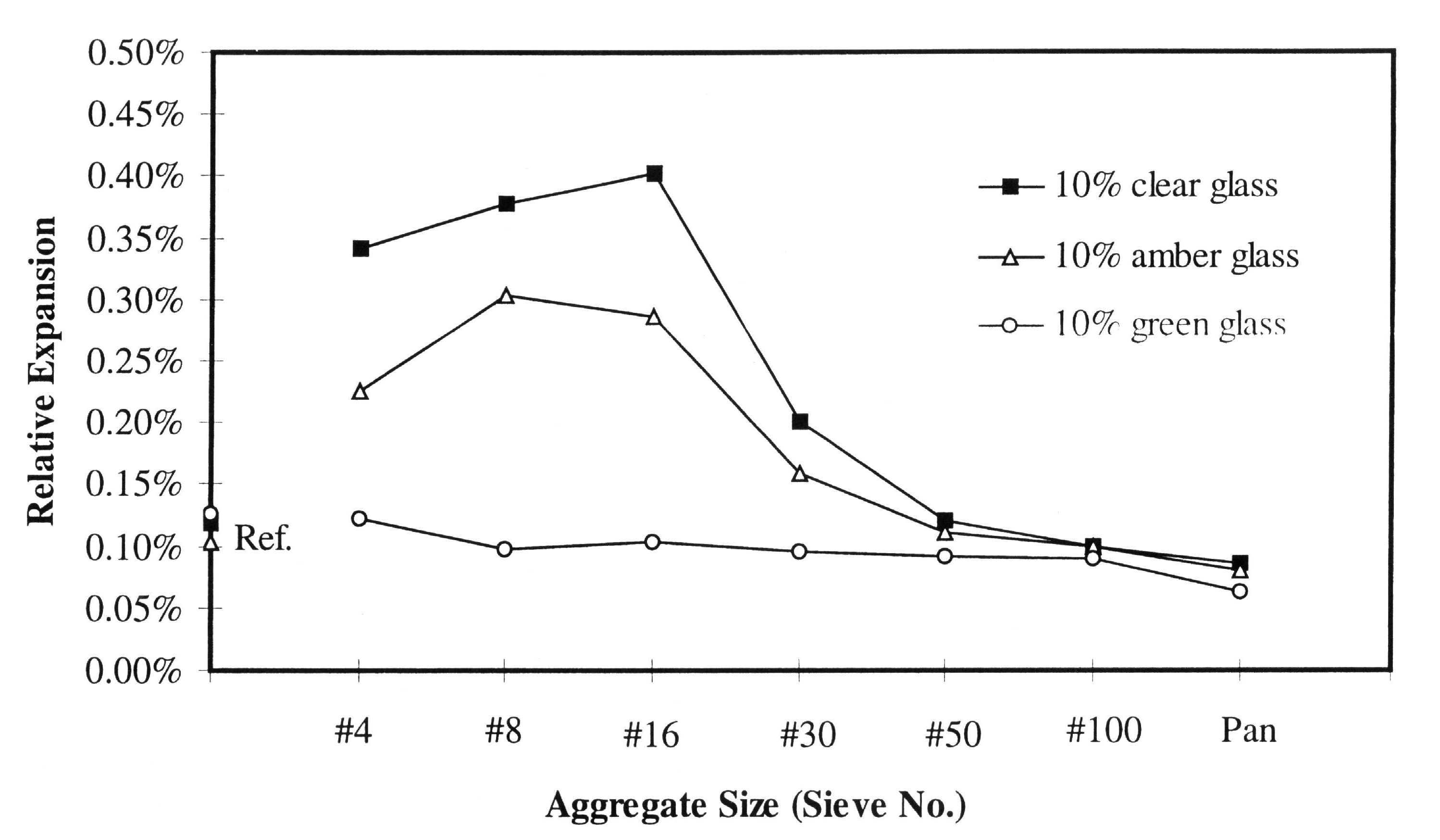Modern Building Materials
The construction industry consumes more natural resources than any other industry. With increasing public awareness of the needs and demands of sustainable development and environmental conservation, no other industry is called on as much as the country’s construction and building industry to evolve their practices to satisfy the needs of our current generation, without curtailing the resources of future generations to meet theirs. For example, concrete is by far the most important building material, with billions of tons produced each year worldwide, and without which the nation’s infrastructure is unthinkable. Considerable progress and breakthroughs have been made in recent years in concrete technology.
Alkali-silica reaction (ASR) can cause premature deterioration of concrete highways, runways, bridges, parking lots, garages, and other structures. The expense to repair and replace this deteriorated concrete is borne by governments, port authorities, private and public property owners, and ultimately consumers, through taxation and the cost of goods. Various highway and transportation organizations, including a large number of local agencies involved with bridges, highways and aviation facilities, have joined with concrete producers and additive suppliers to study ASR and explore remedies for it. This condition however, is not limited to North America; it is a worldwide problem.
Glass Concrete
The recycling of waste glass poses a major problem for municipalities nationwide. New York City alone collected more than 175,000 tons in 2002 and paid recyclers more than $100 per ton for the disposal of the glass, commingled with metals and plastics. While the recyclers have little difficulty with profitably disposing of the metals and plastics, markets for recycled glass, which is contaminated, mixed-color, and partially broken, are limited to nonexistent.

ASR in uranyl acetate treated concrete, visualized under UV-light The use of crushed waste glass as aggregate in concrete is problematic because of the chemical reaction between the alkali in the cement and the silica in the glass. This alkali-silica reaction (ASR) creates a gel, which swells in the presence of moisture, causing cracks and unacceptable damage of the concrete. It can also occur in regular concrete, if the natural aggregate contains certain reactive (typically amorphous) silica.
This phenomenon is particularly vexing, because it is a long-term problem, and the detrimental consequences may not show for years. Predictions of the susceptibility of naturally occurring aggregates are uncertain, as they require accelerated laboratory tests, which are of limited reliability.
There is not much uncertainty with regard to ASR if waste glass is used as aggregate in concrete.

Research at Columbia has focussed on a basic understanding of the ASR phenomenon and on searching for ways to avoid it or to mitigate its detrimental consequences. Some of the techniques developed so far or under investigation are:
Grinding the glass fine enough. Mortar bars containing glass particles below a certain size have shown no measurable expansion in the ASTM C 1260 Test

Replacing part of the cement by mineral admixtures (e.g. metakaolin or fly ash), which absorb the alkali ions responsible for the reaction.
The glass can be made alkali-resistant, for example, by coating it with zirconium – a solution chosen by the glass fiber industry, but impractical for post – consumer waste glass.
Similarly, the glass chemistry can be modified, e.g. by adding chromium oxide (added to make glass green), which has shown to cause no expansion in the ASTM C-1260 Test.

Because ASR needs three factors to thrive (alkali, silica and moisture), sealing the concrete to keep it dry can minimize or avoid the problem.
Low-alkali cements can be effective, as long as alkalis from the environment are kept away.
Special ASR-resistant cements may be developed. For example, the FMC Corporation is at present commercializing another patented Columbia invention, namely the fact that glass powder containing lithium can serve as an effective ASR suppressant.
